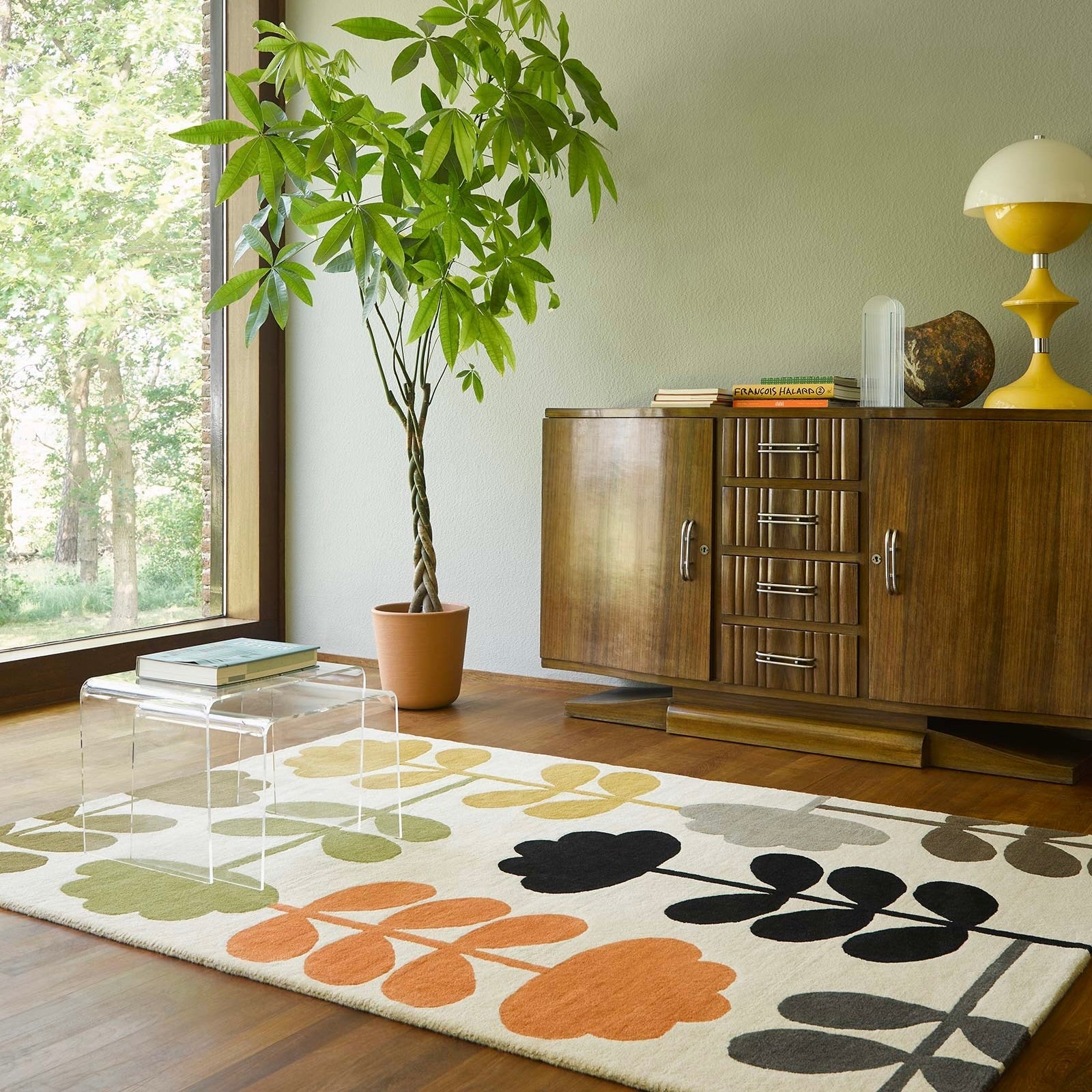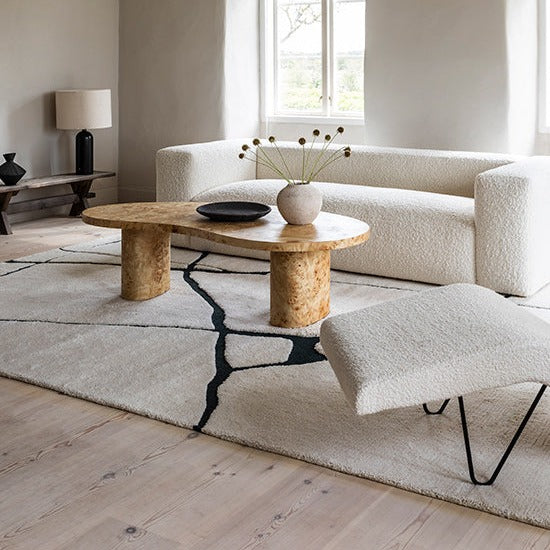Article: Small Room? Big Impact: Best Rugs for Small Spaces

Small Room? Big Impact: Best Rugs for Small Spaces
Just because your space is small does not mean it cannot be stylish. In fact, small rooms benefit even more from smart design choices and a rug is one of the most powerful tools you can use to transform a tight space. The right rug can make a room feel larger, cozier, more balanced, and visually interesting. If you are decorating a small living room, bedroom, office, or studio apartment, here is how to pick the best rugs for small spaces and make a big impact.
1. Choose the Right Size (Bigger is Often Better)
One of the most common mistakes people make in small rooms is using a rug that is too small. Ironically, a larger rug can make your room feel more spacious, while a tiny rug tends to chop up the space and make it feel even smaller.
- In a small living room, choose a rug that at least reaches under the front legs of your sofa and chairs.
- In a bedroom, make sure your rug extends out from the sides and foot of the bed or use runners on either side.
- For dining areas, ensure the rug extends at least 24 inches beyond the table so chairs can move freely.
Measure your room before you shop, and leave 6–18 inches of exposed floor around the edges to frame the space.
2. Light Colours = Airy Feel
Light or neutral-coloured rugs reflect light, which helps open small rooms. Shades like beige, ivory, soft Gray, or pale pastels can make a space feel larger and more inviting. Avoid very dark rugs unless you are intentionally going for a dramatic, moody vibe.
If you want some colour or pattern, try a rug with a light base and subtle design. This adds personality without overwhelming the space.
3. Go for Low Pile or Flatweave Rugs
In small spaces, every inch matters including vertical space. A low-pile or flatweave rug is ideal because:
It does not add bulk to the floor.
It is easier to move furniture on and off.
It gives a clean, modern look without adding visual weight.
Bonus: Low-pile rugs are also easier to clean and great for high-traffic areas or under doors.
4. Use Rugs to Define Zones
In open-concept or studio apartments, rugs are a great way to separate areas without using walls. Even in a small space, a rug can help you define a seating area, a reading nook, or a workspace.
- Use one rug under your sofa and coffee table to define the living area.
- Place a small rug under your desk to set apart your work zone.
- Add a cozy runner beside your bed for warmth and texture.
This zoning creates structure and makes your space feel thoughtfully designed even if it is just a few hundred square feet.
5. Patterns Can Work Just Keep Them Proportional
Small spaces can absolutely handle patterns, if they are proportionate to the room. Large, bold prints might overpower a tiny space, but small-scale patterns, geometric designs, or distressed vintage styles can add dimension without cluttering the visual field. Stripes or linear patterns can help elongate a room, especially in hallways or narrow spaces.
6. Layering Adds Texture Without Clutter
Rug layering is not just for big rooms. In a small room, you can layer a soft sheepskin or colourful accent rug over a neutral base like jute or flatweave to create visual interest. This lets you change the look without investing in a large area rug.
Final Thoughts
In small rooms, every detail counts, and your rug choice can make or break the look and feel of the space. Go slightly bigger than you think you need, stick with light colours or subtle patterns, and use rugs to define zones and add character. With the right rug, even the smallest room can make a big impression.


